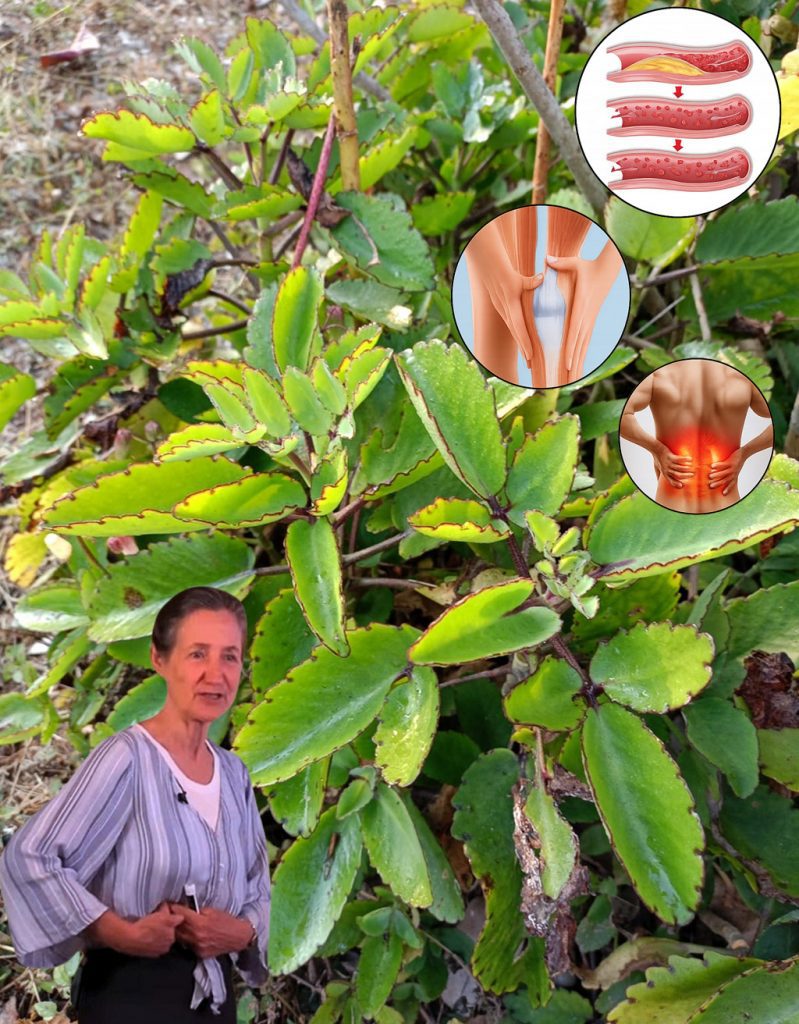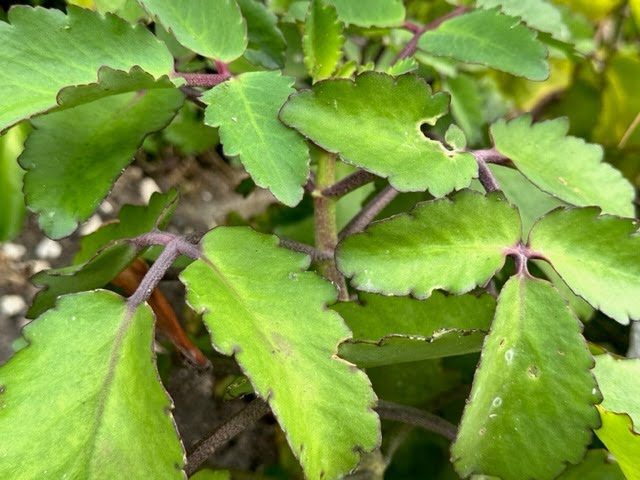The plant known as “Leaf of Life” (scientifically Kalanchoe pinnata or Bryophyllum pinnatum) is a renowned succulent in traditional medicine across Africa, Asia, and the Caribbean. Its common name perfectly describes its resilience and its long history of use for promoting healing and vitality.

Scientific studies are now increasingly validating the plant’s traditional uses, attributing its power to a rich profile of bioactive compounds, including flavonoids, phenolics, and triterpenoids.
Key Traditional and Scientific Benefits
The Leaf of Life plant is traditionally used for its cooling, anti-inflammatory, and regenerative properties.

| Traditional Use | Scientific/Mechanism Insight | Application Method |
| Wound Healing & Burns | Extracts show significant activity in promoting wound closure, potentially due to phenolic antioxidants and the presence of saponins that can stop bleeding. | Crush and apply the juice/paste directly to cuts, bruises, or minor burns. |
| Anti-Inflammatory & Pain Relief | Studies confirm analgesic (pain-relieving) and anti-inflammatory effects, particularly linked to flavonoids which inhibit inflammatory pathways. | Heat a leaf and apply it directly as a poultice to painful joints (e.g., for arthritis, sprains) or the forehead for headaches. |
| Respiratory Relief | Used for centuries to treat common respiratory issues and infections. | The juice or a tea infusion of the leaves is consumed for coughs, colds, and asthma relief. |
| Kidney & Urinary Support | Traditionally used to dissolve or treat kidney stones (anti-urolithiatic activity) and as a diuretic. | The juice of the fresh leaves is consumed (often mixed with water or coconut water). |
| Gastrointestinal Issues | Used for conditions like gastric ulcers, diarrhea, and constipation. | Research indicates its major flavonoid, Bp1, has strong gastroprotective properties against lesions and ulcers. |
| High Blood Pressure | Used in regions like the French Antilles and Trinidad for its effect on blood pressure. | An infusion or decoction of the leaves is drunk, noted for a small reduction in blood pressure. |
How to Use Leaf of Life (Traditional Methods)

The best results are often obtained when the leaves are used fresh due to their succulent, water-retaining nature.
- Fresh Juice/Tonic (Internal):
- Mince 1 cup of fresh leaves.
- Blend with a small amount of cold water or coconut water.
- Strain the liquid through a cheesecloth.
- Consume 2 tablespoons of the fresh juice as a daily tonic, or sweeten with honey to taste.
- Poultice (External):
- Crush a fresh leaf until a wet paste is formed.
- Apply the paste directly to the affected area (cuts, sprains, headache) and hold it in place with a bandage.
- Alternatively, slightly heat a whole leaf over a flame or in hot water before applying it whole to the area for warming relief.
⚠️ Important Caution
- Consult a Healthcare Provider: Always consult your doctor before using this or any new herbal remedy, especially if you have pre-existing conditions, are taking medications for blood pressure or heart issues, or are pregnant.
- Toxicity: Like some other succulents, Kalanchoe pinnata contains compounds called bufadienolides, which can be toxic in large doses, particularly to grazing animals. While traditional human use is common, moderation is key. Avoid consumption during pregnancy as it has been traditionally used to stimulate the expulsion of the placenta.









